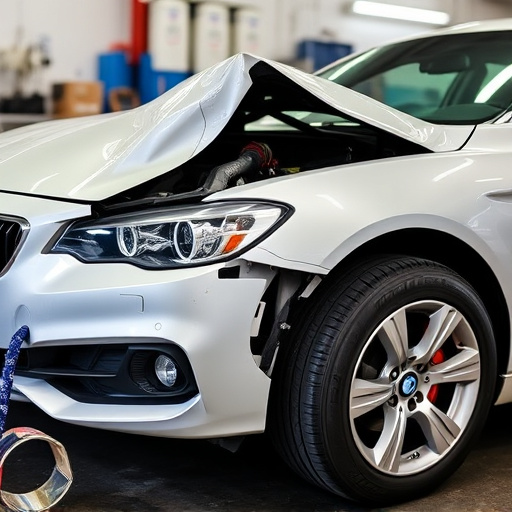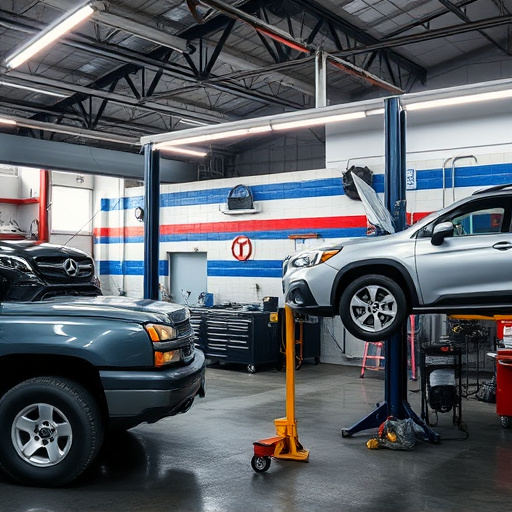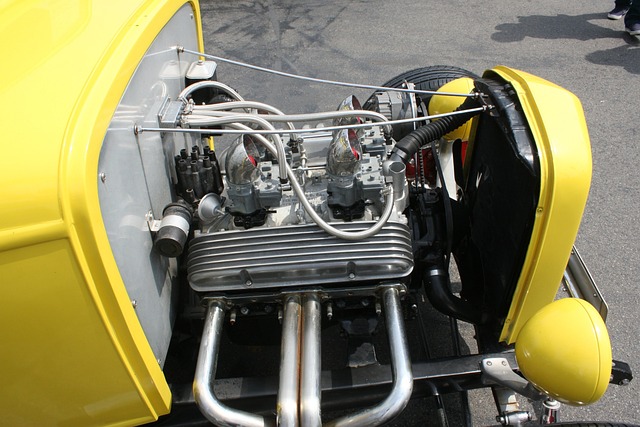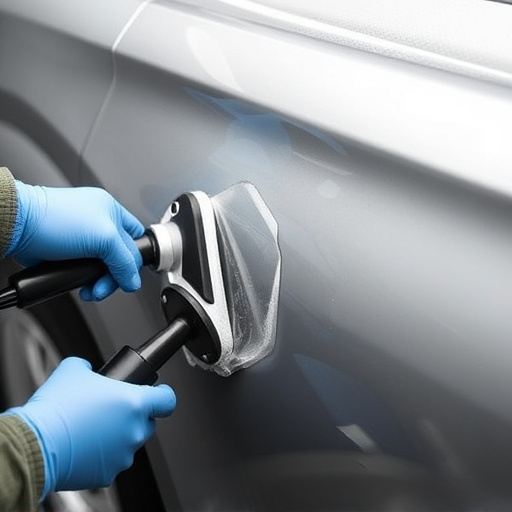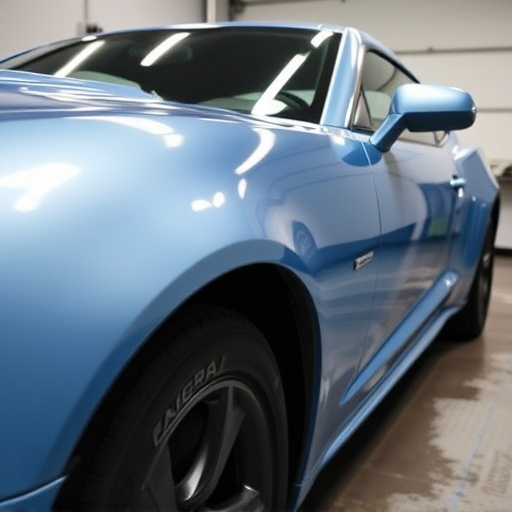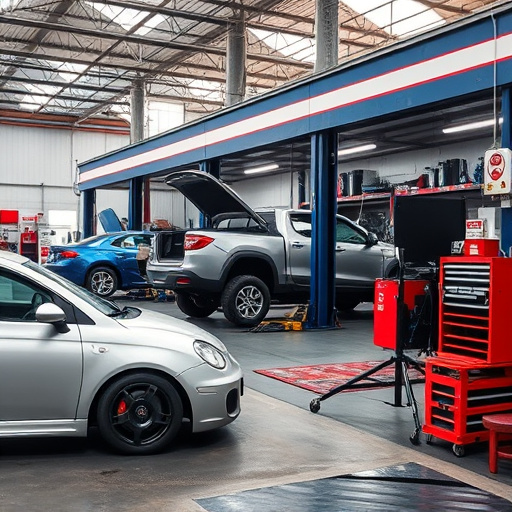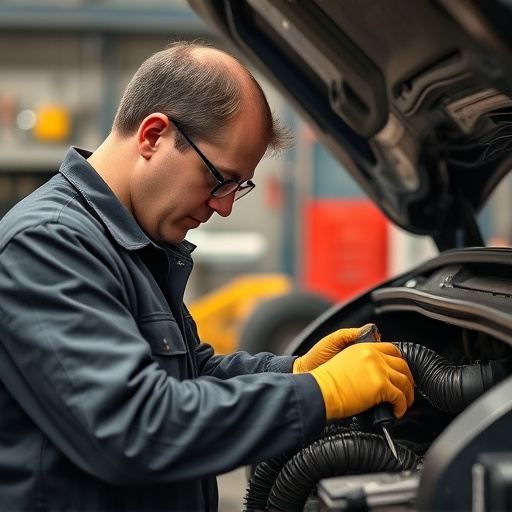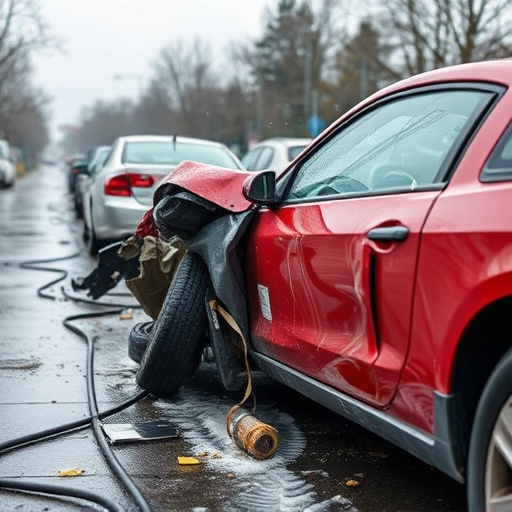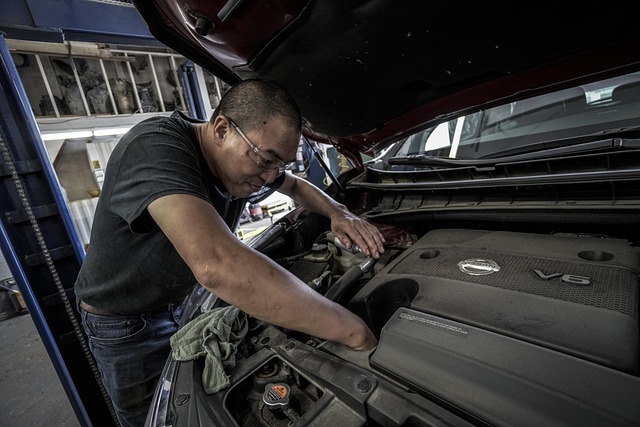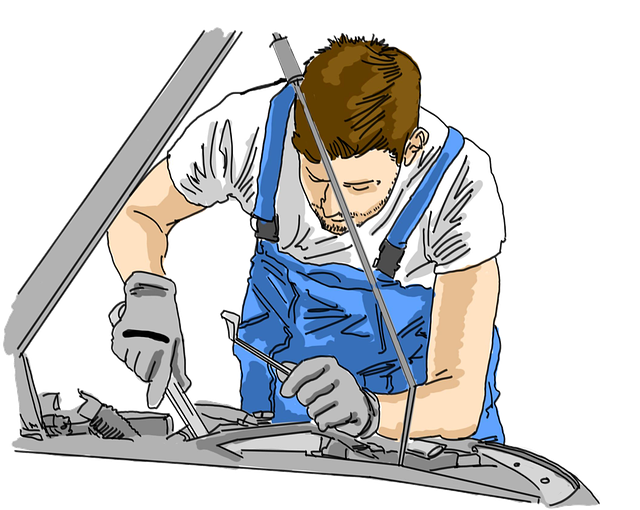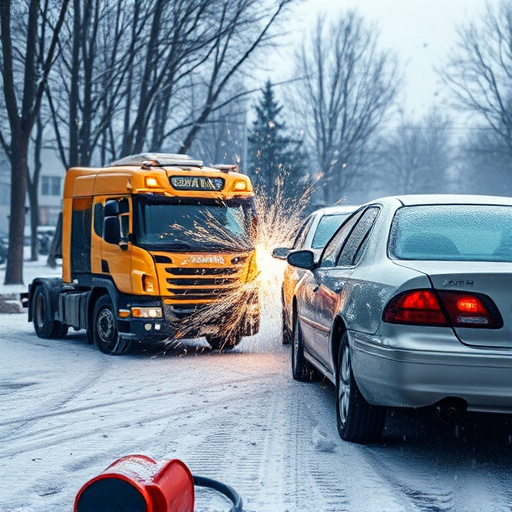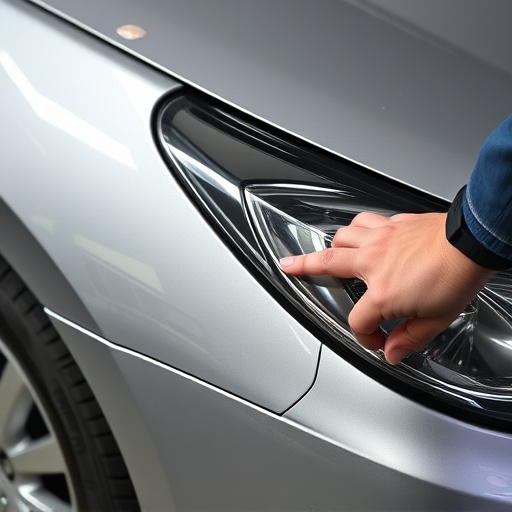Hail damage can severely impact properties, requiring prompt action for efficient repairs. Homeowners should inspect for dents, from small to deep, and document storm-related hazards for insurance claims. Professional collision centers offer specialized services, with consultations guiding the process. Post-repair care involves regular inspections, preventive measures, and maintenance to avoid future damage. "Hail damage dent repair" is crucial for property and vehicle owners in high-risk areas.
Hail storms can leave a trail of destruction, with damaged roofs, siding, and especially vehicles. Understanding how to identify common hail damage dents and knowing the best practices for scheduling repairs is crucial for homeowners. This guide provides an in-depth look at navigating the process efficiently, from assessing the extent of the damage to post-repair maintenance tips to help prevent future issues. With these steps, you’ll be better equipped to handle hail damage dent repair promptly and effectively.
- Understanding Hail Damage and Common Dents in Homeowners' Properties
- Steps to Schedule Effective Hail Damage Dent Repair
- Tips for Efficient Post-Repair Maintenance and Prevention
Understanding Hail Damage and Common Dents in Homeowners' Properties
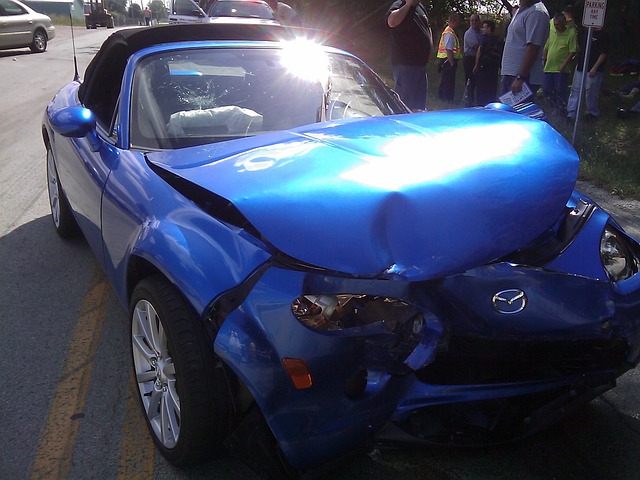
Hail damage can leave unsightly dents on your property, particularly your roof, siding, and windows. Understanding common hail patterns and their impact is essential for homeowners looking to address dent repair efficiently. Hailstones vary in size and intensity, ranging from small pellets to large, damaging ice balls, each capable of creating different types of dents. Small, uniform dents are typical after a light hailstorm, while more intense events can result in deep, scattered impacts.
Regular inspections are crucial to identifying potential issues early. Homeowners should scan their properties for signs of hail damage, checking the roof for missing or damaged shingles, examining siding for bulges or cracks, and inspecting windows for chips or pitting. Prompt action is key; addressing dents quickly can prevent further deterioration and costly repairs in the future, whether it involves DIY solutions or seeking professional auto repair services from a collision center for more severe cases.
Steps to Schedule Effective Hail Damage Dent Repair
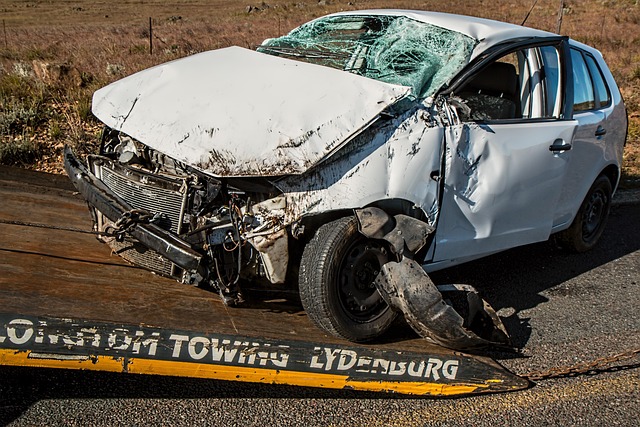
When it comes to scheduling hail damage dent repair, homeowners should prioritize safety and professionalism. The first step is to assess the extent of the damage after a storm. Check your property for any hazards before proceeding with repairs, especially if there are loose or damaged roof tiles that might pose a risk. Once safe, document the damage using photos or videos to create a detailed record for insurance purposes.
Next, contact reputable automotive body shops specializing in hail damage dent repair. Explain the situation and request an estimate. Many shops offer free consultations and can guide you through the process. Choose a shop based on their experience, reviews, and ability to provide high-quality vehicle bodywork repairs. Ensure they have the necessary equipment and trained technicians to handle various types of dents and scratches caused by hailstorms.
Tips for Efficient Post-Repair Maintenance and Prevention

After your hail damage dent repair is complete, efficient post-repair maintenance and prevention are crucial to ensure your property remains in optimal condition. Regularly inspect your home’s exterior, particularly areas prone to hail damage like roofs, siding, and windows. Address any new cracks or dents promptly using suitable tools and materials recommended by professionals. Keeping an eye on potential issues allows for early intervention, preventing further deterioration or the need for more extensive repairs.
Additionally, implementing preventive measures is key. Consider installing impact-resistant shutters or panels to protect your property during severe weather events. Regularly maintain your auto dent repair to ensure longevity, including washing and waxing to preserve the car paint services. Similarly, schedule routine auto maintenance checks to keep your vehicles in top shape, reducing the likelihood of future hail damage and associated repairs.
Hail damage dent repair is a necessary step for homeowners facing the aftermath of a storm. By understanding common dents and scheduling repairs efficiently, you can ensure your property looks its best post-hail event. Remember to maintain your roof and gutters regularly to prevent future damage, and be proactive in addressing any issues to keep your home protected. With these tips, you’ll be well-equipped to navigate the process of hail damage dent repair and foster a resilient home environment.

